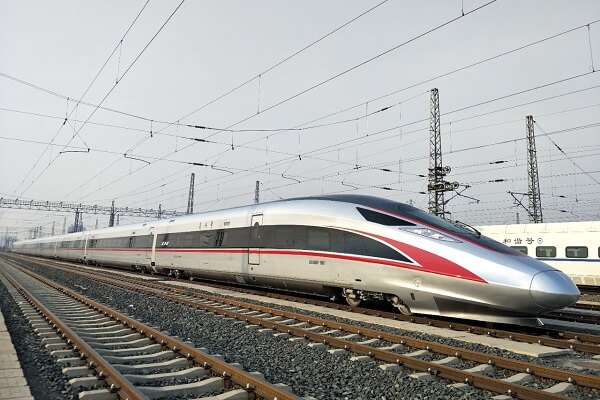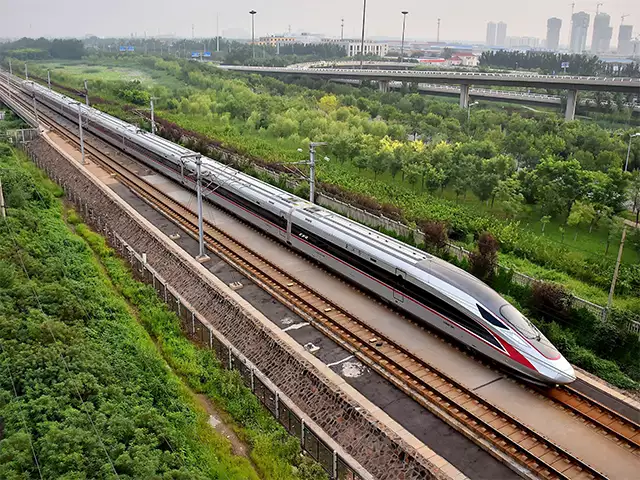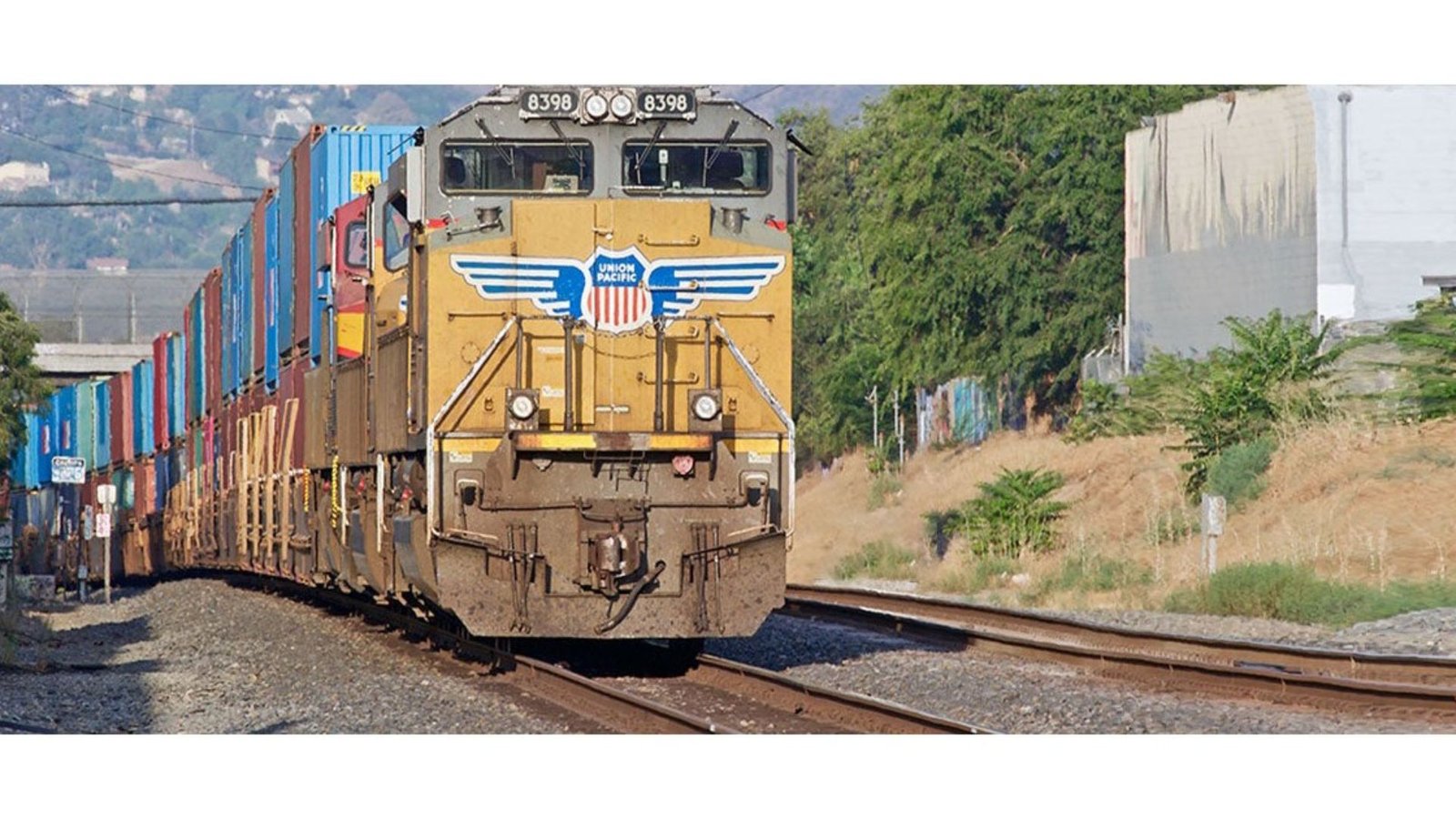High-speed trains represent one of the most advanced and efficient forms of transportation in the world. Their ability to travel at incredible speeds while maintaining comfort and safety is a result of cutting-edge engineering, physics, and technology. This article delves into the science behind high-speed trains, exploring how they work and what makes them so fast, efficient, and reliable.
1. The Basics of High-Speed Rail
High-speed trains are designed to travel at speeds significantly faster than conventional trains, typically exceeding 155 mph (250 km/h) on dedicated tracks. These trains operate on specialized rail networks with minimal curves and obstacles, enabling them to maintain high speeds over long distances. Some of the most famous high-speed rail systems include Japan’s Shinkansen, France’s TGV, and China’s CRH trains.
The key to their high speed lies in the combination of advanced aerodynamics, efficient propulsion systems, and specialized track designs.
2. Aerodynamics: Reducing Air Resistance
One of the fundamental factors in the speed of high-speed trains is the reduction of air resistance. When a train moves at high speeds, air resistance (or drag) becomes a significant obstacle. The faster the train moves, the more energy is required to overcome this resistance.
Design and Shape: High-speed trains are meticulously designed with sleek, streamlined shapes to reduce drag. The trains have long, smooth noses and tapered bodies, minimizing air turbulence. This design helps the train to cut through the air with less resistance, allowing it to maintain higher speeds with lower energy consumption.
Train Cars: The design of the individual train cars also contributes to minimizing drag. The sides of the cars are often smooth and devoid of protrusions, and the windows are shaped to reduce wind resistance.
Airflow Management: Modern high-speed trains are equipped with advanced systems that control airflow around the train, ensuring that air flows smoothly across the surface. This reduces the turbulence and pressure drag that would otherwise slow the train down.

3. Track Design: Smooth and Straight
The design of the tracks themselves is a crucial factor in enabling high-speed travel. High-speed rail systems require special tracks that are much smoother and straighter than conventional rail networks. Here’s how:
Curves and Elevations: High-speed trains need to maintain a stable, smooth motion to avoid dangerous speeds or discomfort for passengers. Traditional rail systems, with their sharp curves and varying elevation changes, are not suitable for speeds over 200 mph (320 km/h). High-speed rail lines, on the other hand, are designed with gentle curves and minimal changes in elevation, allowing trains to move at high speeds safely and efficiently.
Track Materials: The materials used for high-speed rail tracks are often more durable and flexible than conventional tracks. The rails themselves are often made from high-quality steel, while the ballast (gravel and foundation material) is specially designed to provide stability and reduce vibrations.
Dedicated Tracks: Many high-speed trains operate on dedicated tracks that are isolated from conventional trains. This ensures that high-speed trains can maintain their velocities without interference from slower-moving vehicles.
4. Propulsion Systems: Powering Speed
High-speed trains rely on powerful propulsion systems that provide the necessary thrust to achieve fast speeds. These systems are designed to be energy-efficient while offering optimal performance.
Electric Power: The majority of high-speed trains are electric, drawing power from overhead wires or electrified tracks. Electricity is fed into the train’s propulsion system, which consists of powerful electric motors located on each train car or undercarriage. These motors drive the wheels and propel the train forward.
Motors and Gears: High-speed trains use high-efficiency electric motors that work in conjunction with complex gear systems. These motors enable smooth acceleration and deceleration, allowing the train to reach and maintain high speeds with ease.
Regenerative Braking: To enhance energy efficiency, many high-speed trains are equipped with regenerative braking systems. When the train slows down, the system recovers some of the kinetic energy and converts it into electricity, which can then be fed back into the grid or used to power the train. This helps to reduce the overall energy consumption of the train.
5. Suspension Systems: Maintaining Stability
At high speeds, maintaining stability is essential for passenger comfort and safety. High-speed trains are equipped with advanced suspension systems that allow them to handle the forces of speed while keeping the ride smooth.
Active Suspension: High-speed trains often use an active suspension system, which constantly adjusts the train’s suspension to respond to track conditions. This helps to reduce vibrations, keep the train level, and maintain smooth motion, even when traveling at high speeds.
Dynamic Stability: The train’s suspension system also plays a crucial role in ensuring dynamic stability during turns or sudden movements. High-speed trains are designed with low centers of gravity to reduce the risk of tipping and improve their ability to stay balanced at high speeds.
Magnetic Levitation (Maglev): Some of the fastest trains in the world, like Japan’s Maglev trains, use magnetic levitation systems instead of traditional wheels. Magnets lift the train off the track, eliminating friction and allowing for extremely high speeds, with some maglev systems exceeding 370 mph (600 km/h). The lack of contact with the track also provides a smoother and quieter ride.
6. Energy Efficiency and Sustainability
High-speed trains are more energy-efficient compared to other modes of transportation, such as airplanes or cars. Their aerodynamic design, efficient propulsion systems, and regenerative braking contribute to their lower energy consumption per passenger mile.
Electric Trains: Since high-speed trains are primarily electric, their energy efficiency is influenced by the power source. In regions where the electricity grid is powered by renewable sources like wind or solar, high-speed trains can operate with a minimal carbon footprint. As the world moves toward greener energy, high-speed rail has the potential to become one of the most sustainable modes of transportation.
7. Safety Features: Protecting Passengers
The safety of passengers is a priority in high-speed rail systems, and a number of advanced safety features are integrated into the design of high-speed trains.
Collision Avoidance: High-speed trains are equipped with advanced sensors and communication systems to detect obstacles or potential collisions on the track. These systems can automatically slow or stop the train in the event of an emergency.
Passenger Protection: High-speed trains are also designed with robust crash protection, including reinforced cabins and cushioned interiors to protect passengers in the unlikely event of an accident.
Automatic Train Control: Modern high-speed rail systems often incorporate automated train control, which allows for precise management of train speeds and braking. This reduces the risk of human error and ensures that trains operate within safe parameters.
Conclusion
The science behind high-speed trains is a fascinating combination of aerodynamics, cutting-edge propulsion systems, innovative track design, and advanced safety technologies. The ability to reach speeds in excess of 200 mph (320 km/h) while providing a smooth, efficient, and environmentally friendly mode of transportation is a testament to the incredible progress made in rail technology. As the world looks for sustainable alternatives to traditional modes of transport, high-speed trains are likely to play an increasingly important role in the future of travel




